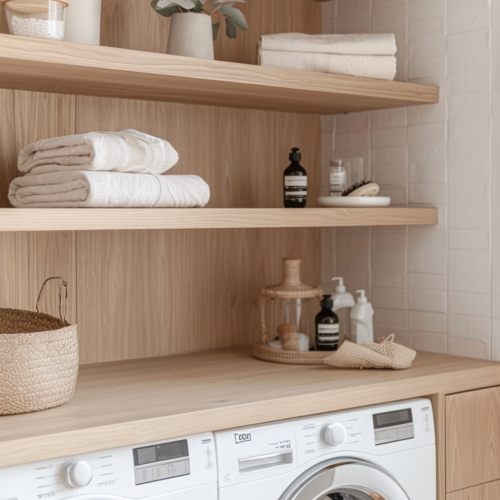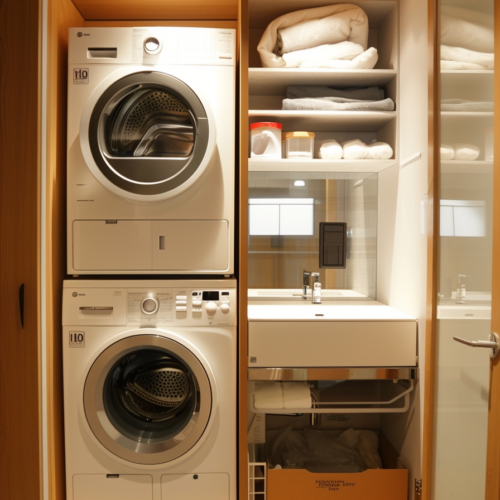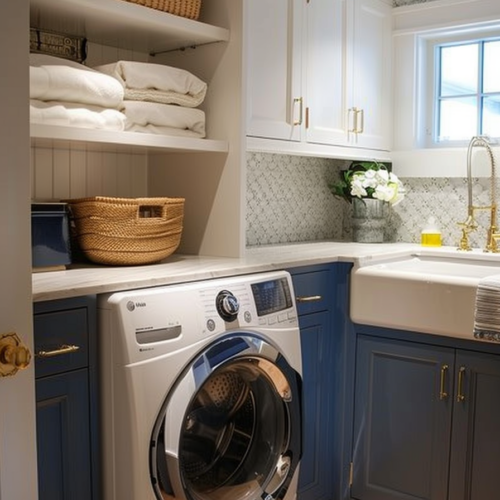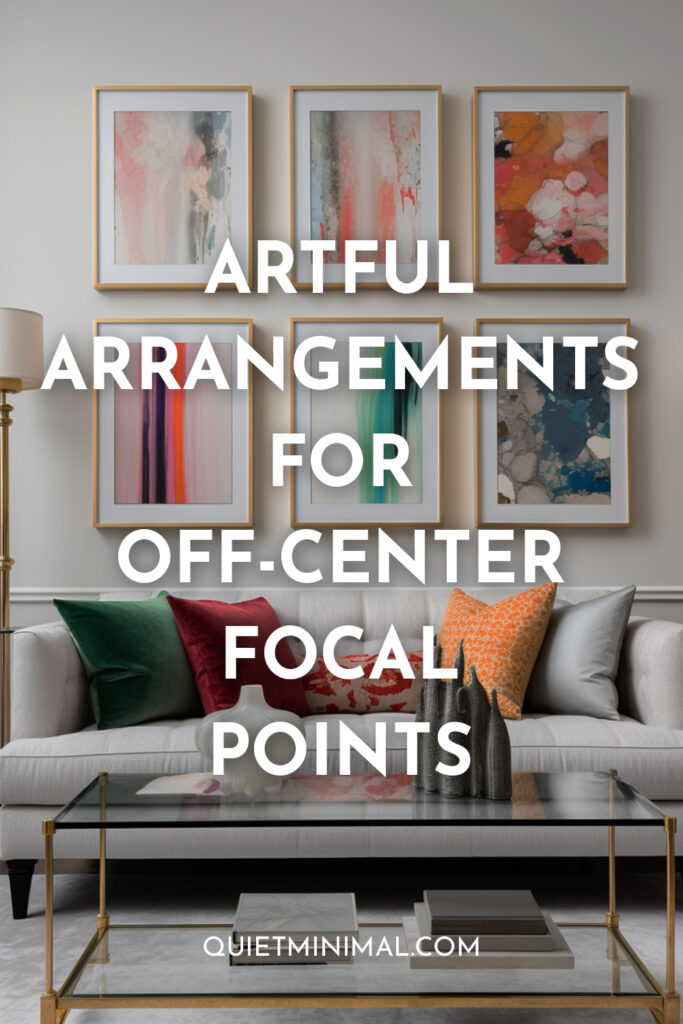
Determining the focal point is key to creating an intentional, polished look when designing a living space. However, focal points don’t always fall neatly in the center of a room. Off-center focal points can provide interest while allowing flexibility in furniture placement. Read on for ten tips on working with off-center focal points.
Key Takeaways:
- Lead the eye to off-center focal points with strategic furniture placement
- Incorporate lighting and décor to draw attention
- Repetition and multiples create cohesion
- Frame focal points with curtains or partitions
- Define secondary focal areas to balance the space
Corner Fireplace
✅ Solution: Make the Fireplace a Focal Point
Rather than struggling against an awkward corner fireplace, embrace it as a characterful focal point. Angle furniture inward to face the hearth. Add décor like artwork, mirrors, or plants around the fireplace to accentuate it as the star of the room.
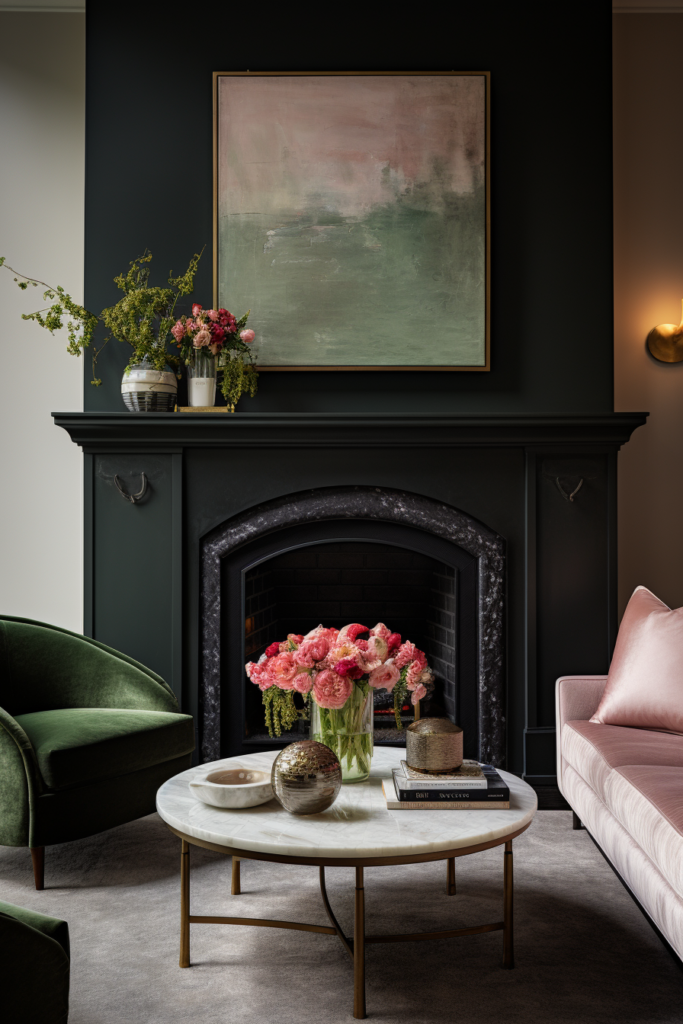
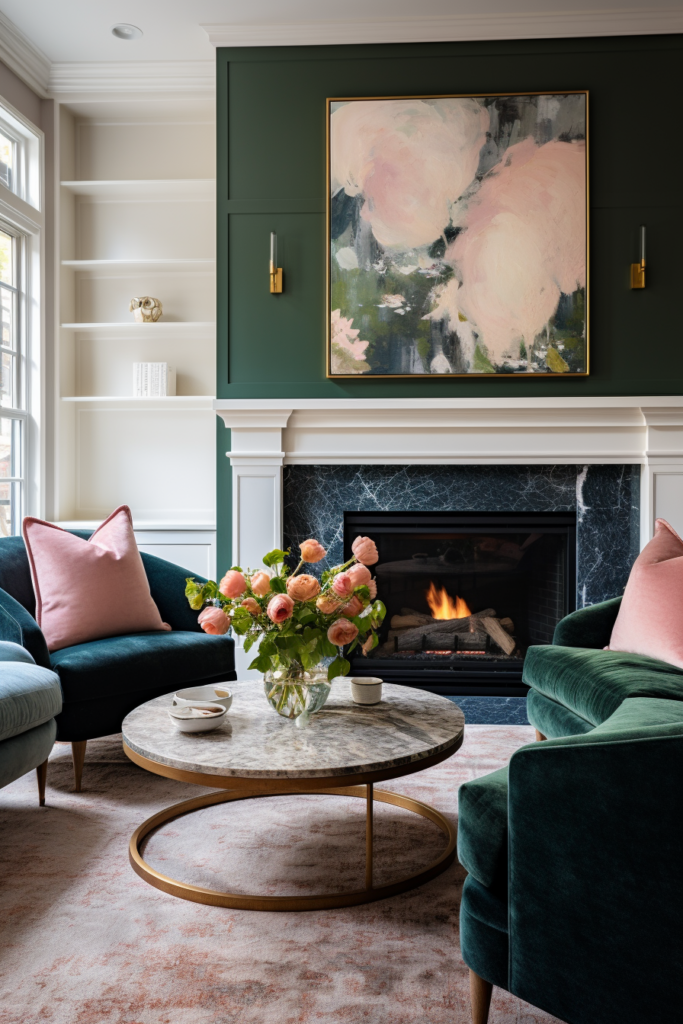
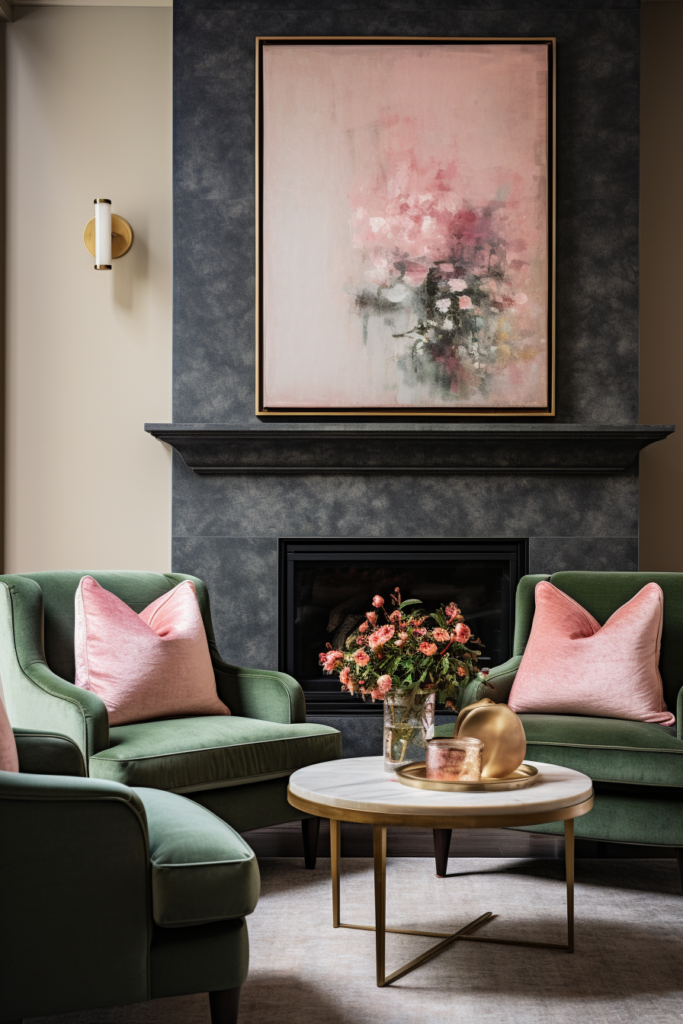
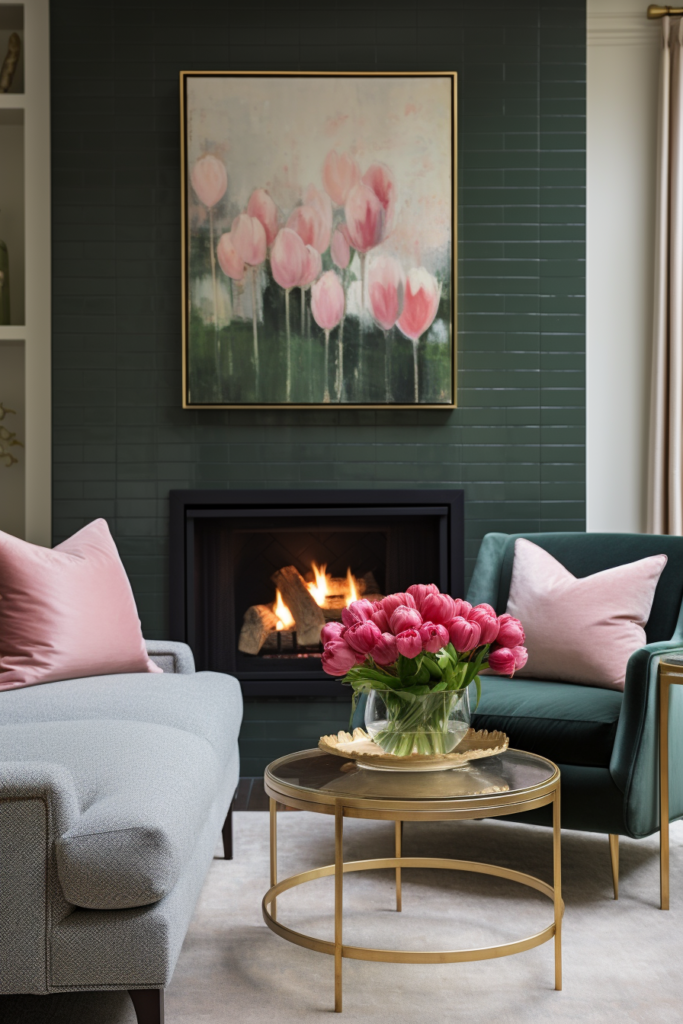
Key Takeaways:
- Angle furniture to face toward the focal point
- Incorporate décor to highlight the focal feature
- Allow quirky architecture to shine
Windows with a View
✅ Solution: Draw the Eye Outward
Make the most of beautiful vistas visible through off-center windows. Float furniture perpendicular to the windows to spotlight the exterior view. Extend the view outward by flanking with floor-length curtains. The fabrics will frame the focal view in a dramatic fashion.
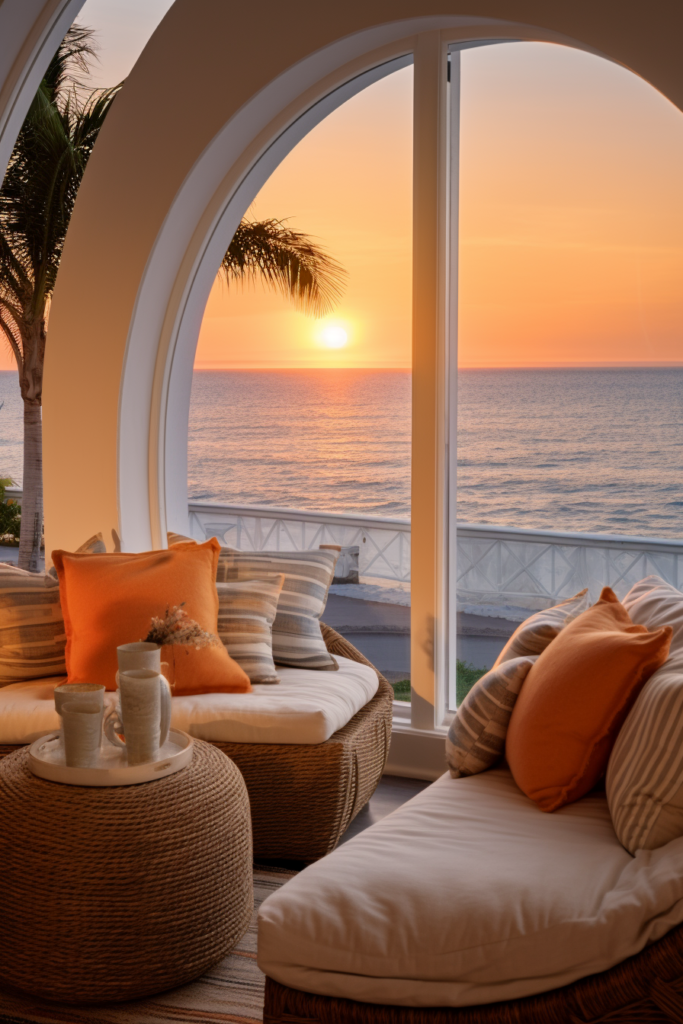
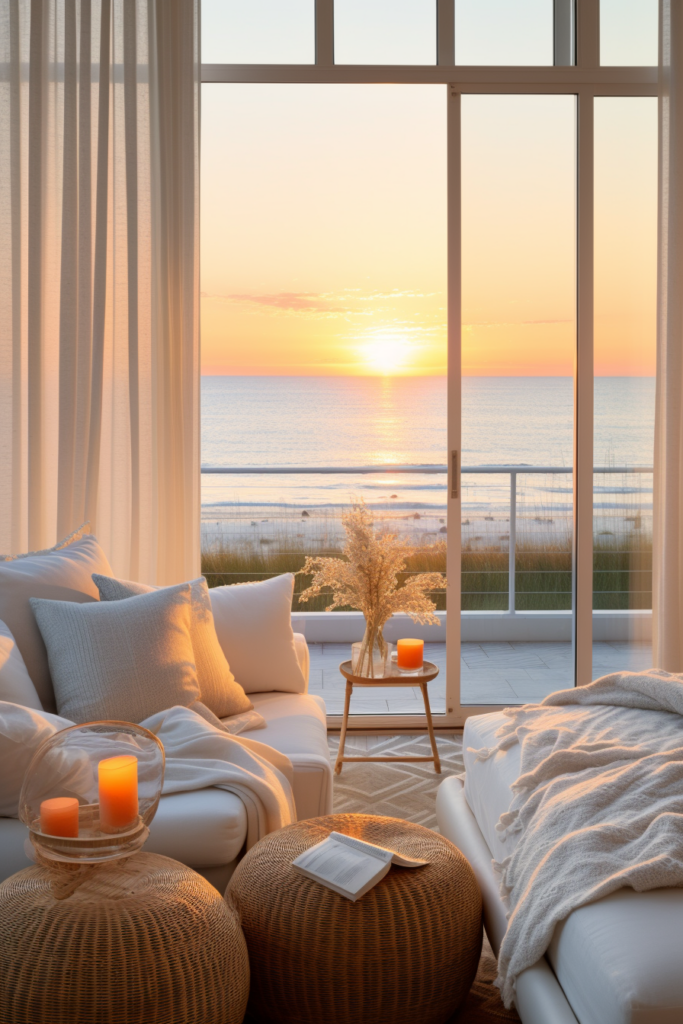

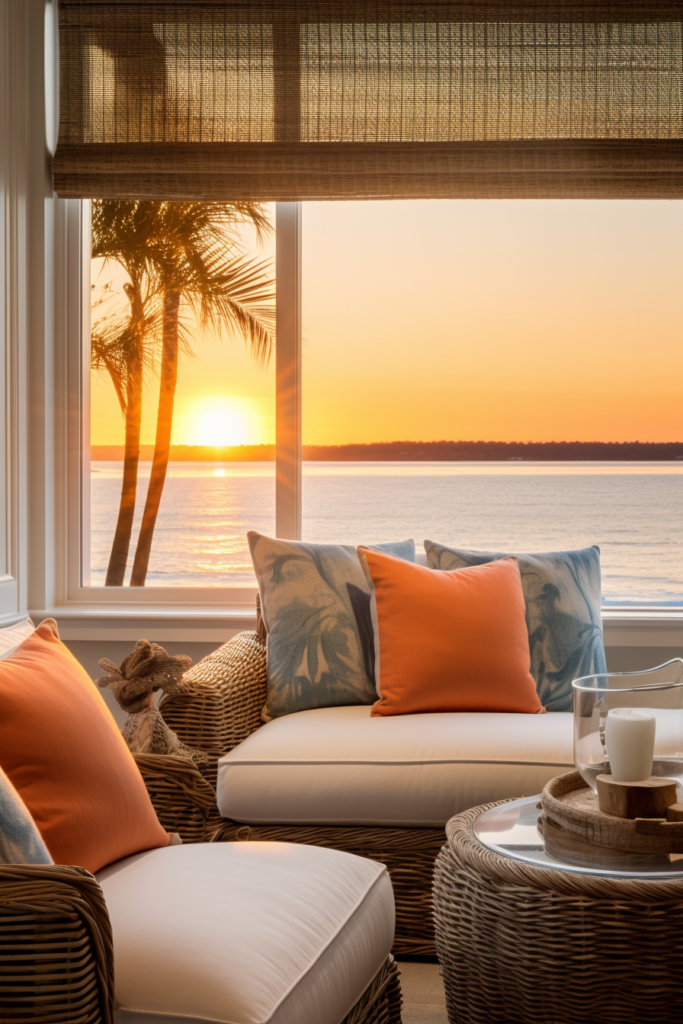
Key Takeaways:
- Float furniture to keep sight lines open
- Frame focal features with curtains
- Guide the eye toward alluring views
Corner Conversation Nook
✅ Solution: Define Zones with Furniture
Carve out intimate spaces in open floor plans by turning a corner into a cozy conversation nook. Nestle a loveseat or pair of chairs into the corner, then surround them with décor. The furniture arrangement defines this niche as a separate zone while still allowing an open feel.
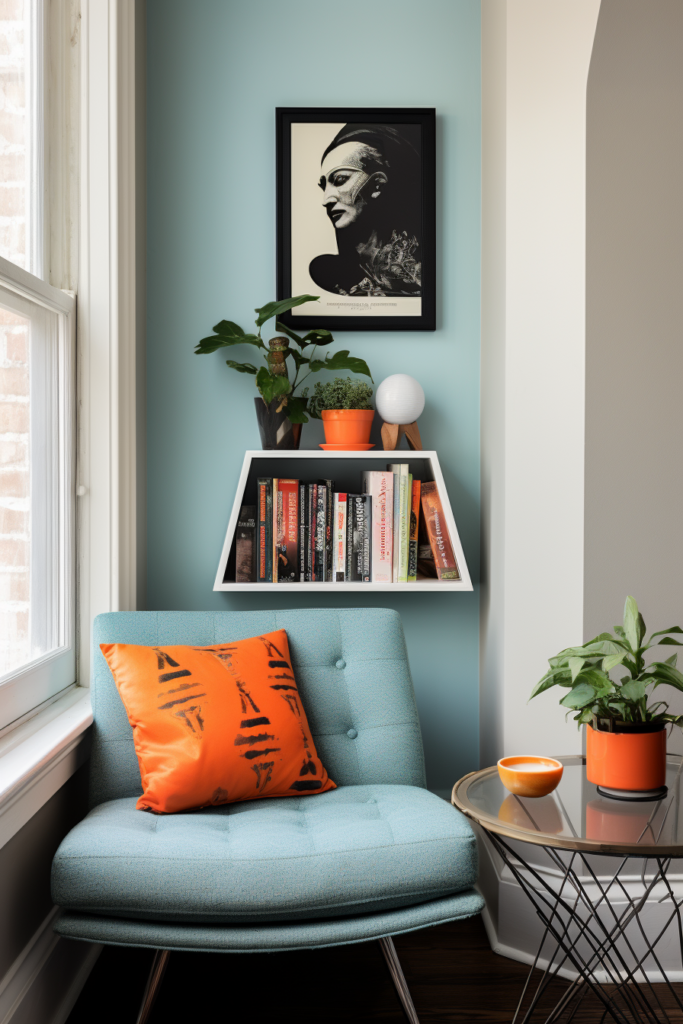
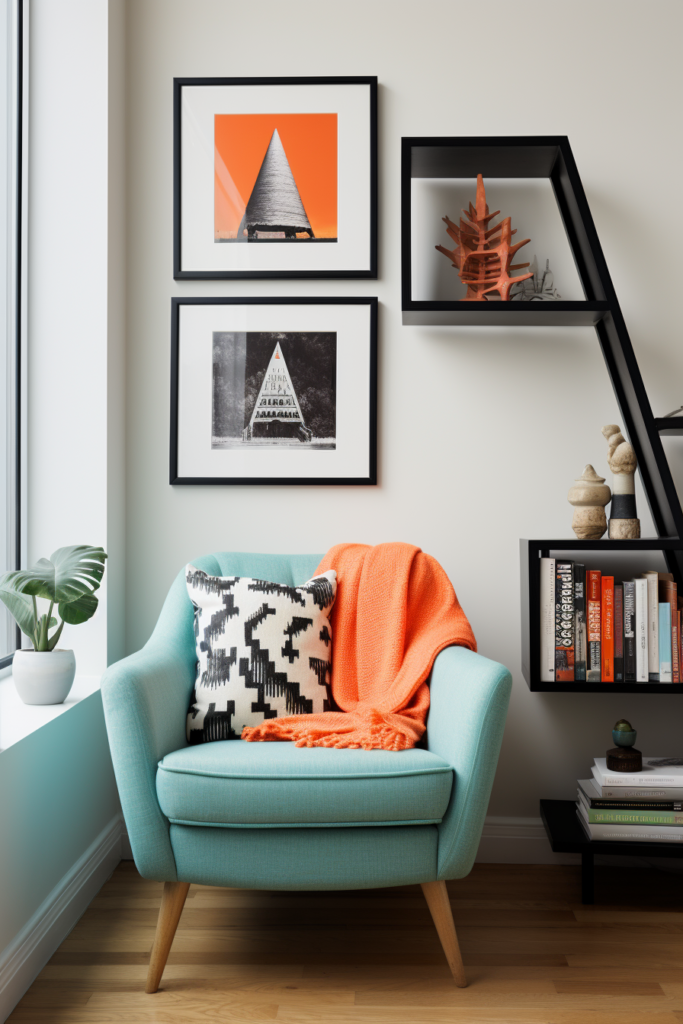
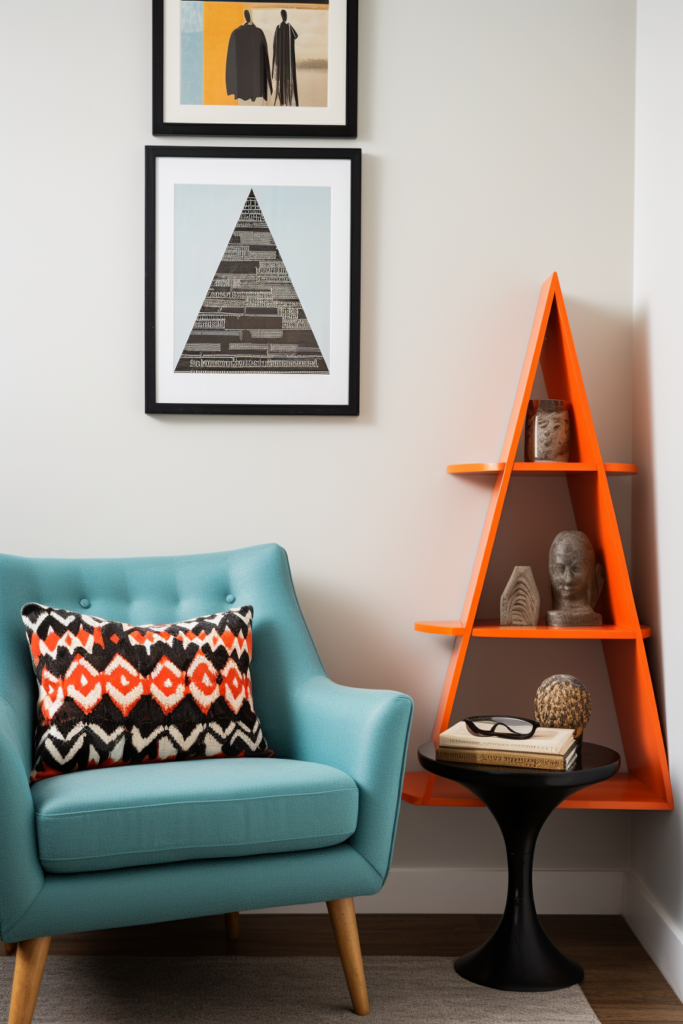
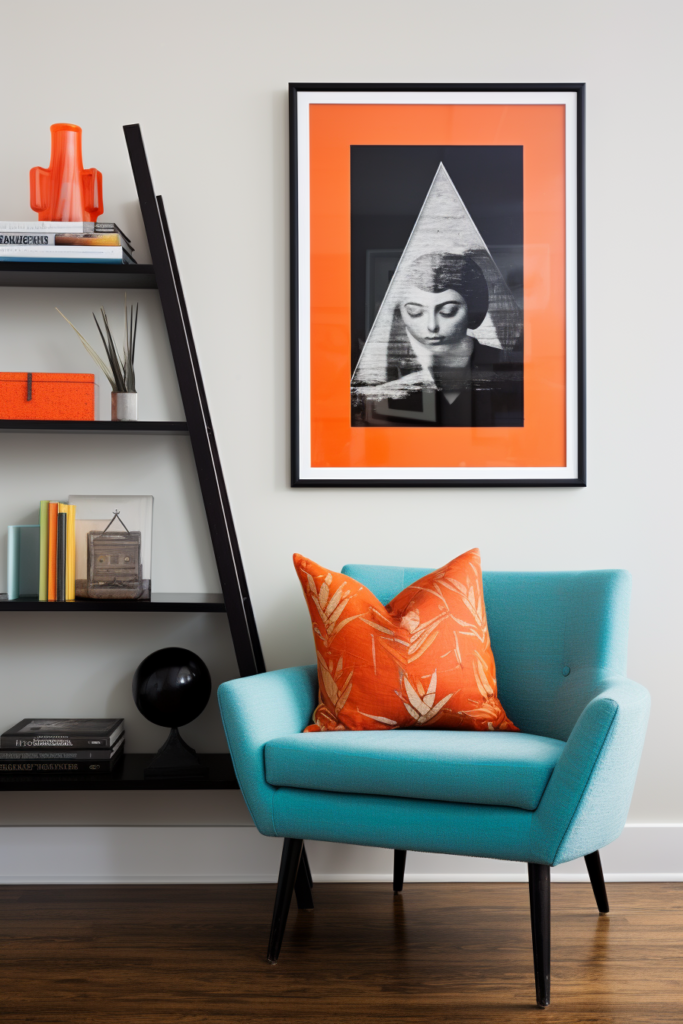
Key Takeaways:
- Use furniture placements to delineate zones
- Select smaller-scale seating for niches
- Warm a cold corner with furnishings
Staircase Landing
✅ Solution: Extend the Focal Point
Make a staircase landing a decorative feature by lining its opening with eye-catching railings or banisters. Paint or wallpaper the landing wall to blend with the stairs. The continuous paint treatment carries the focal point from the stairs to the landing seamlessly.
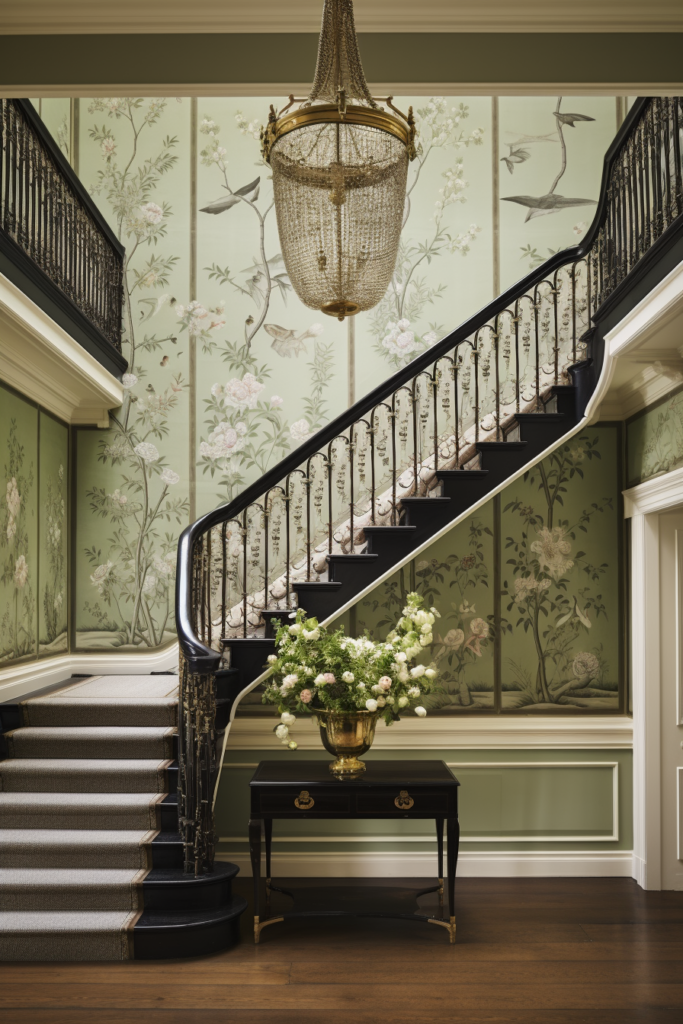
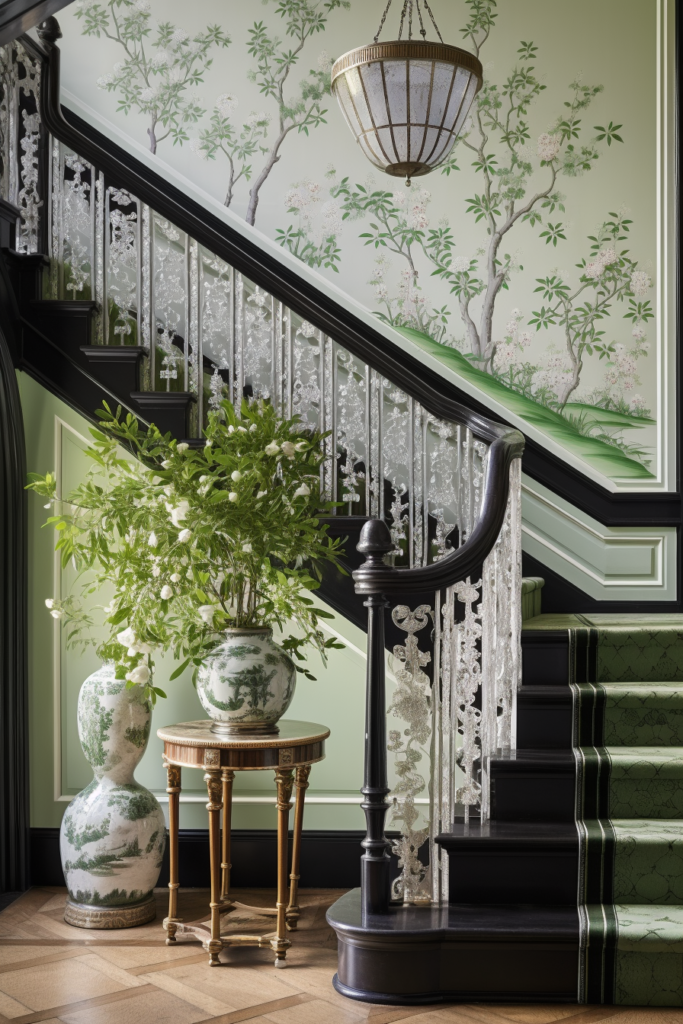
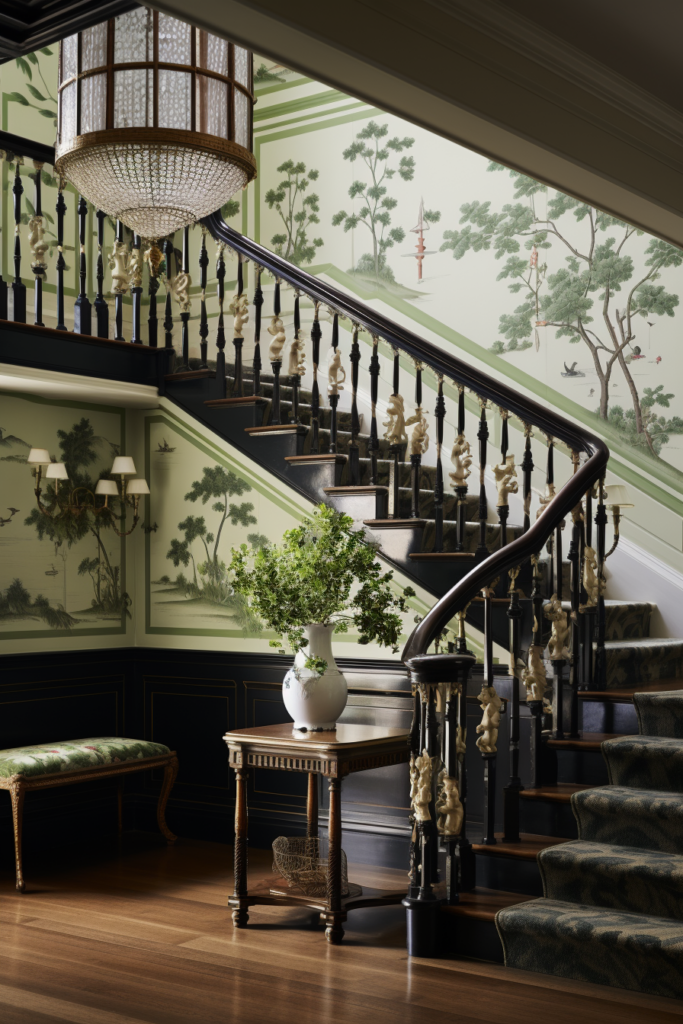
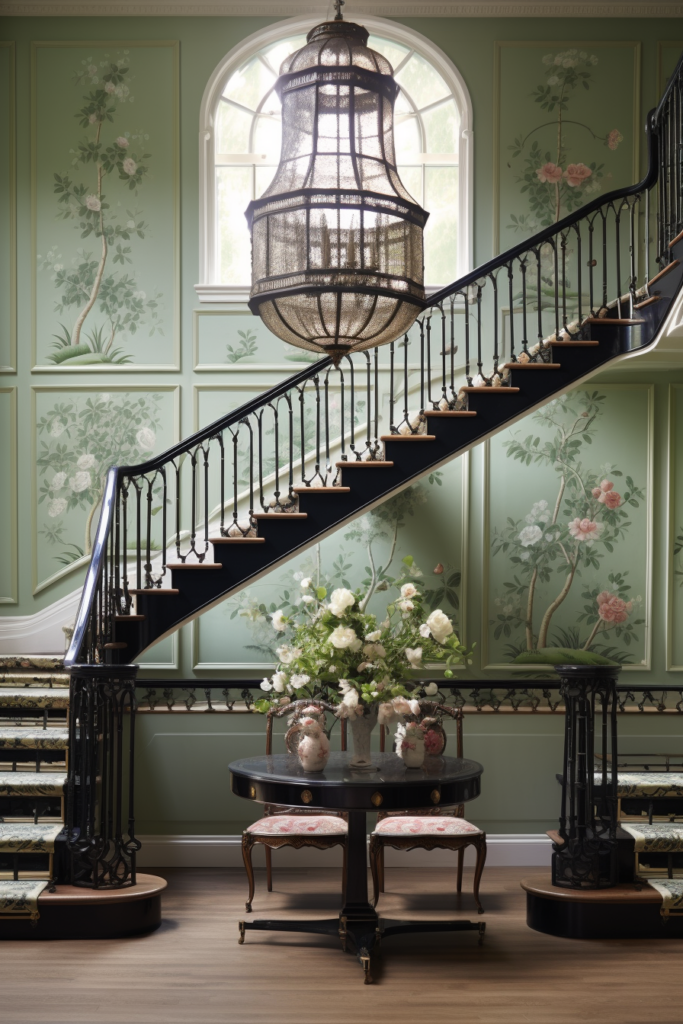
Key Takeaways:
- Expand a focal feature using continuous materials
- Tie separate elements together decoratively
- Lead the eye upwards through patterns
Half Wall/Ledge
✅ Solution: Incorporate Built-In Features
Incorporate a half-wall, window seat, or decorative ledge as a purposeful off-center focal point. These architectural elements already stand out – build on what’s there by showcasing art, collections, or greenery. The existing structure provides effortless emphasis.
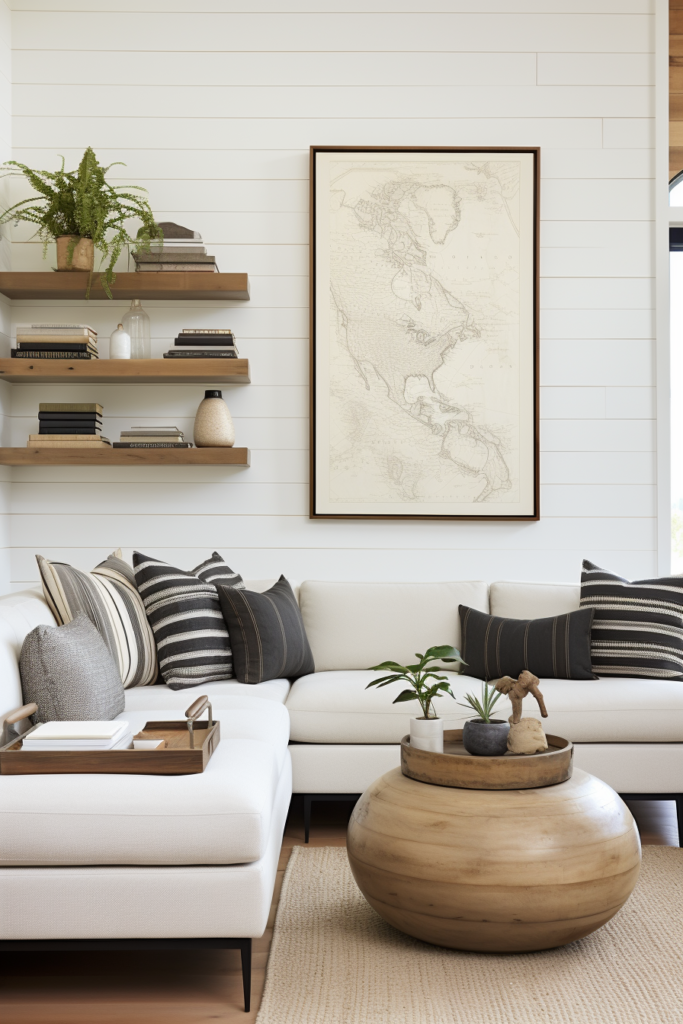
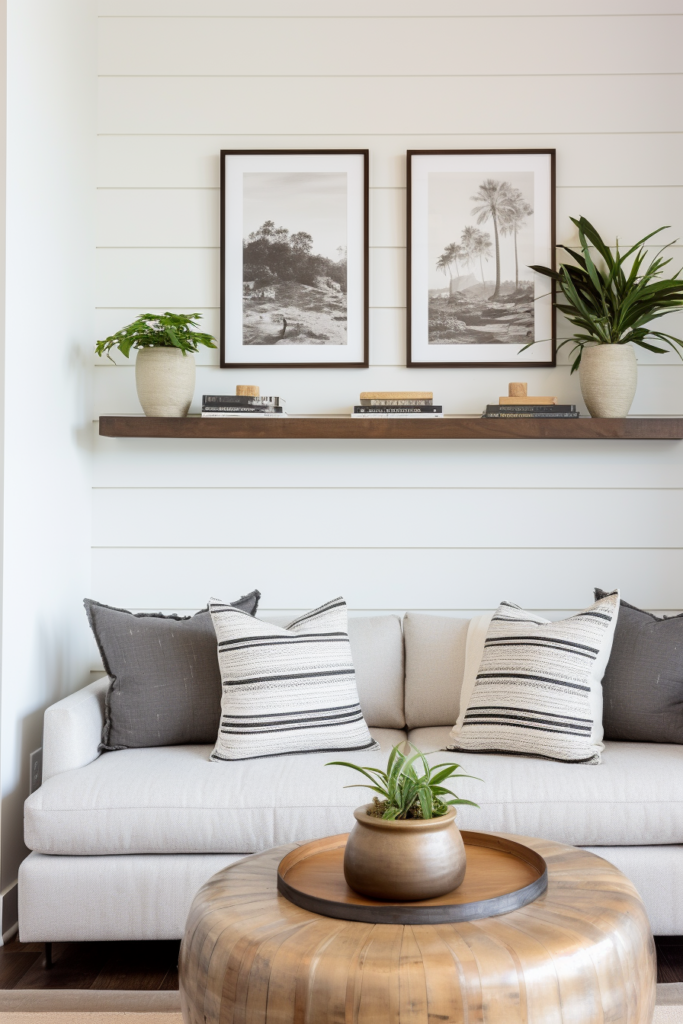
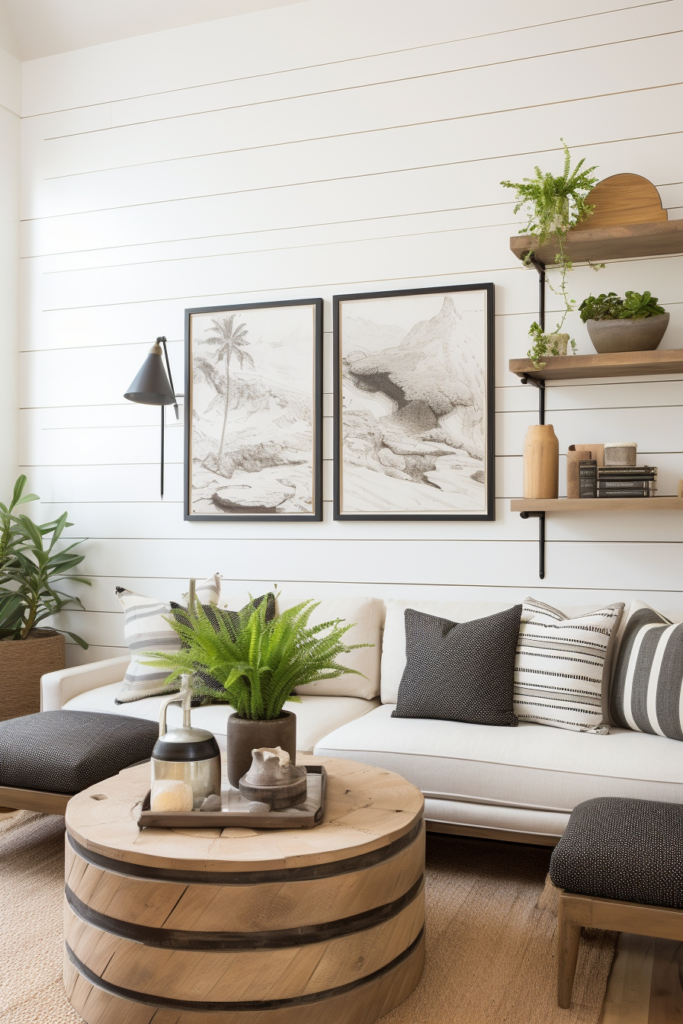
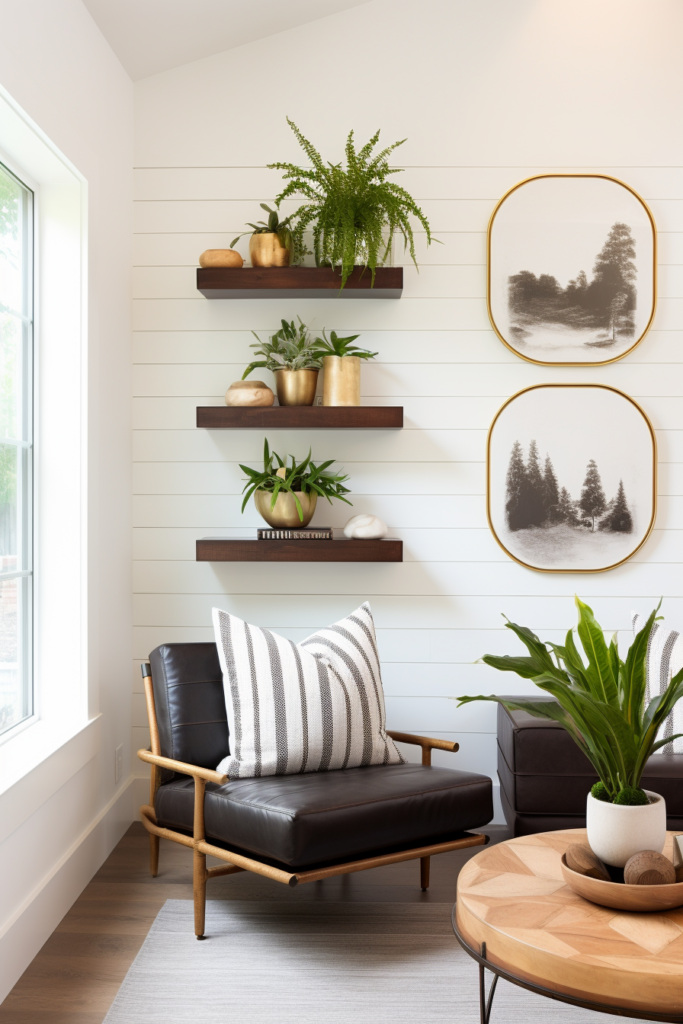
Key Takeaways:
- Display collections on built-in surfaces
- Draw the eye upward with vertical art
- Add plants for organic shape and color
Gallery Wall
✅ Solution: Align Furniture to Artwork
Take advantage of a long blank wall by hanging an elongated gallery display. Angle sofa or sectional towards the wall to feature the artwork. The asymmetrical furniture layout prevents a stiff, expected look. Build the gallery across most of the wall to balance the weight.
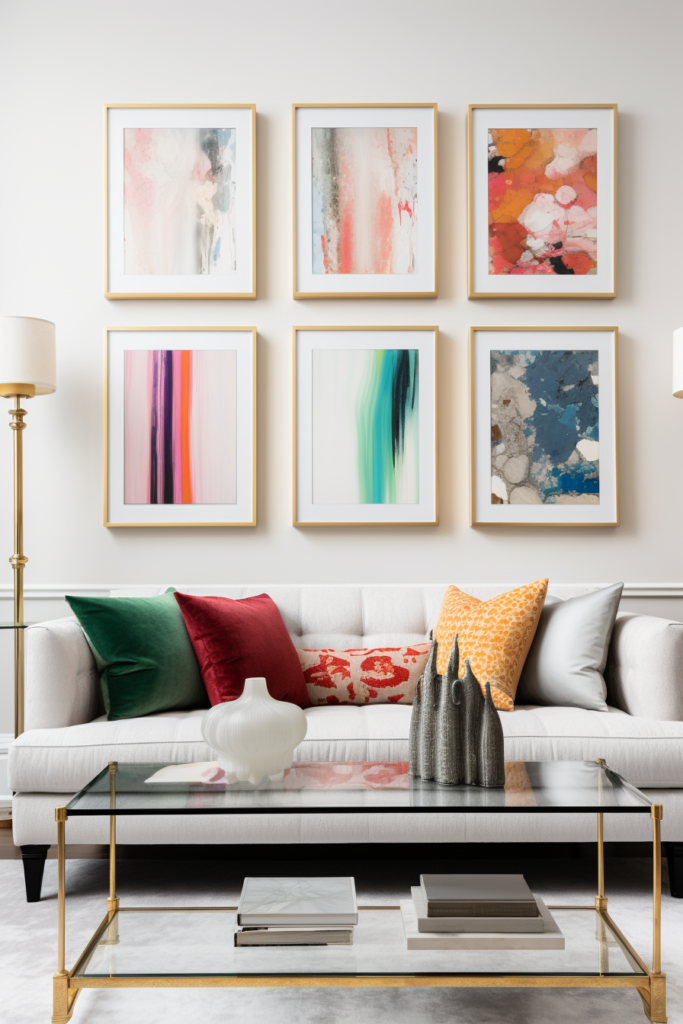
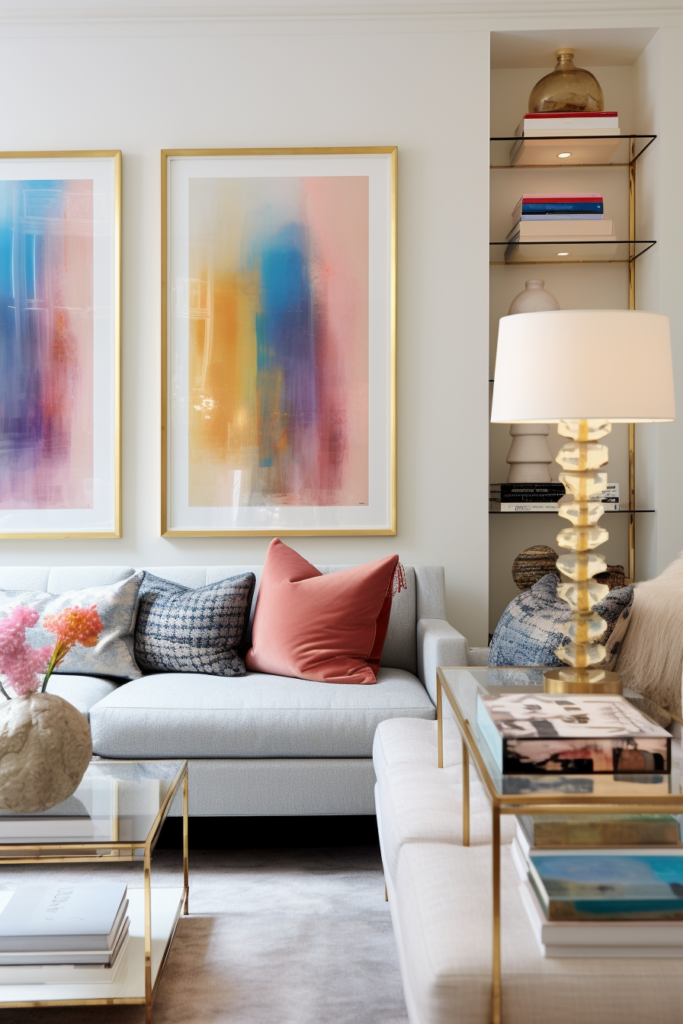
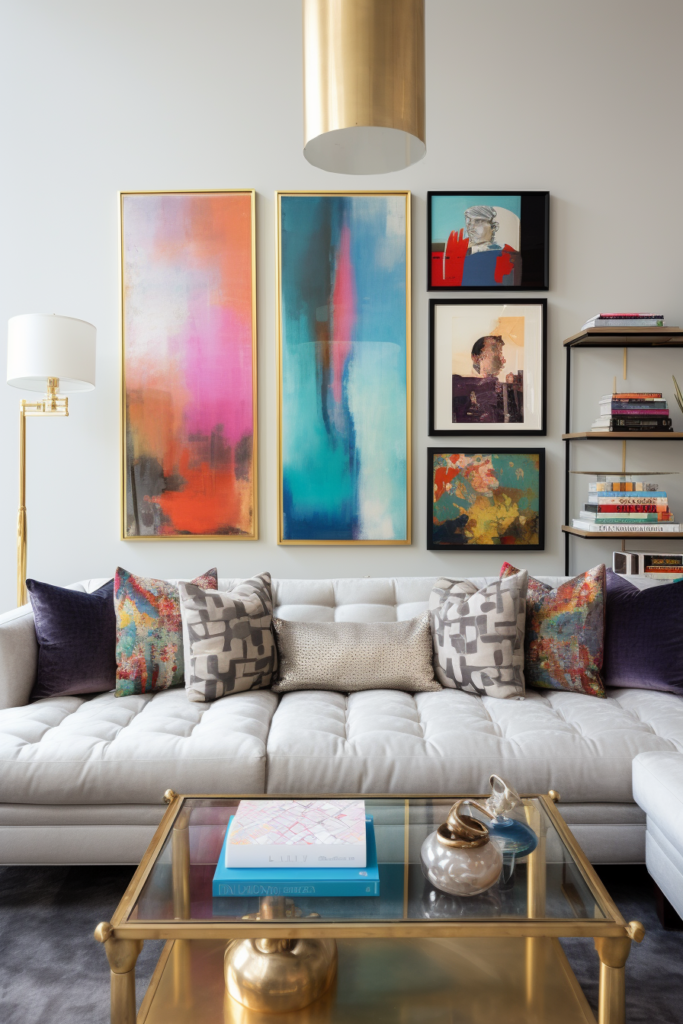
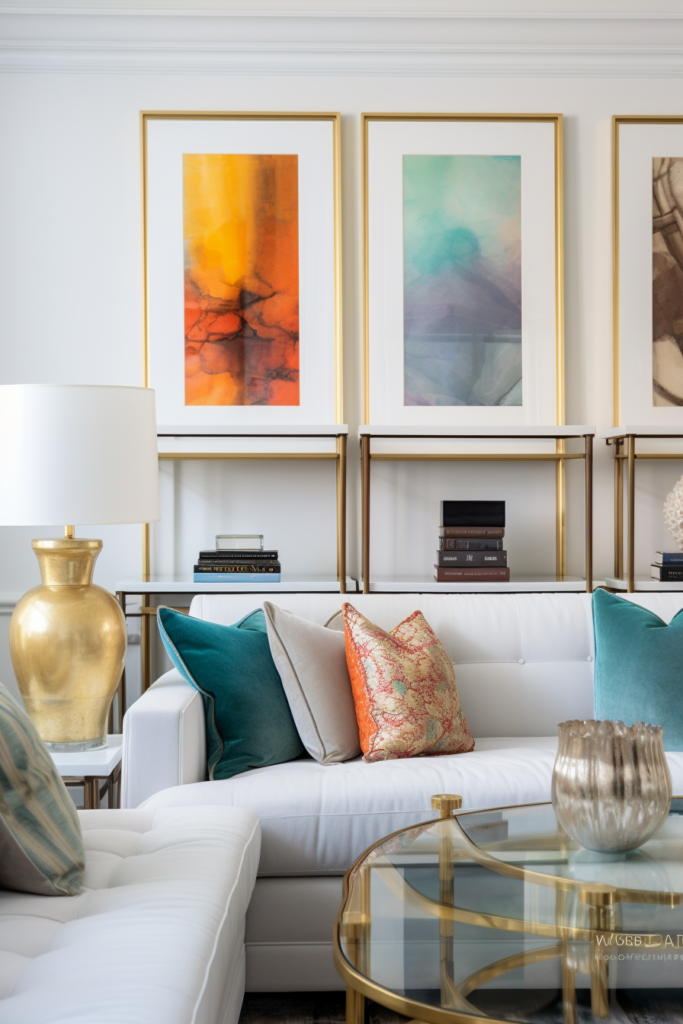
Key Takeaways:
- Allow gallery displays to determine the layout
- Float furniture facing featured wall
- Elongate displays to match proportions
Patterned Accent Wall
✅ Solution: Contrast with Neutrals
Paint one wall with an intense hue or lively print. The eye will naturally gravitate towards this bright splash of color. Keep furnishings muted to avoid competing with the vibrant wall. Strategic placement of neutral seating facing the wall highlights your bold design choice.
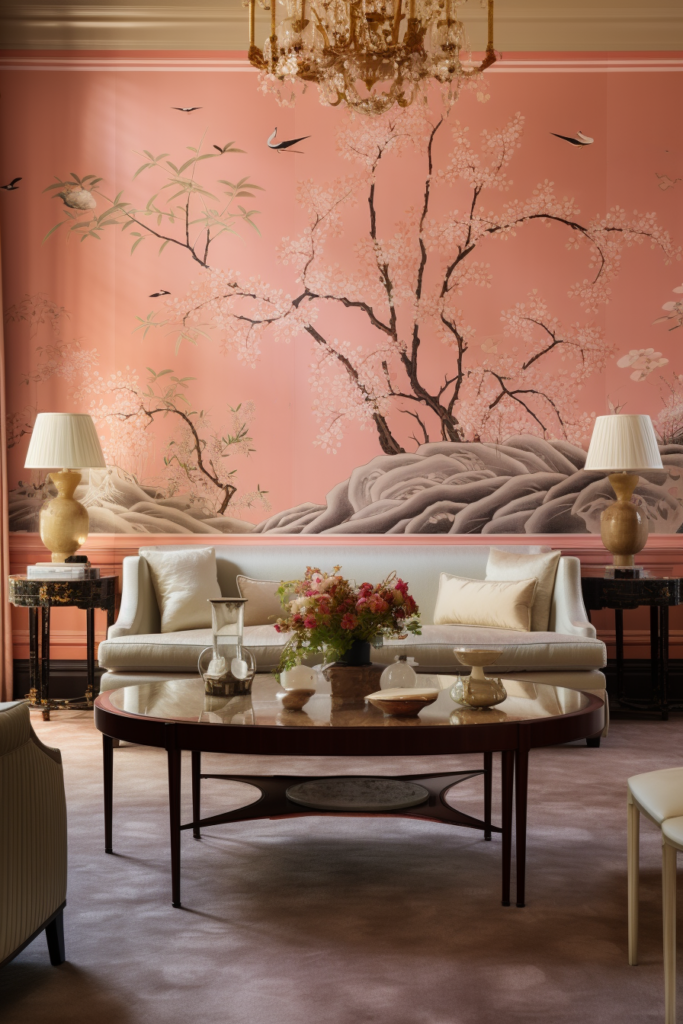
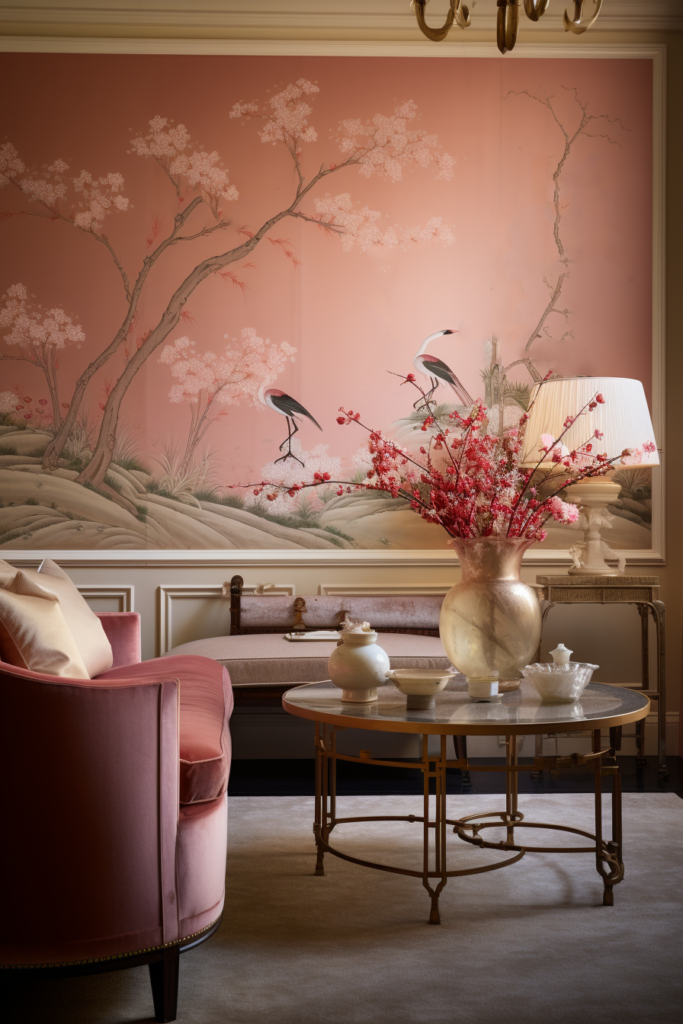
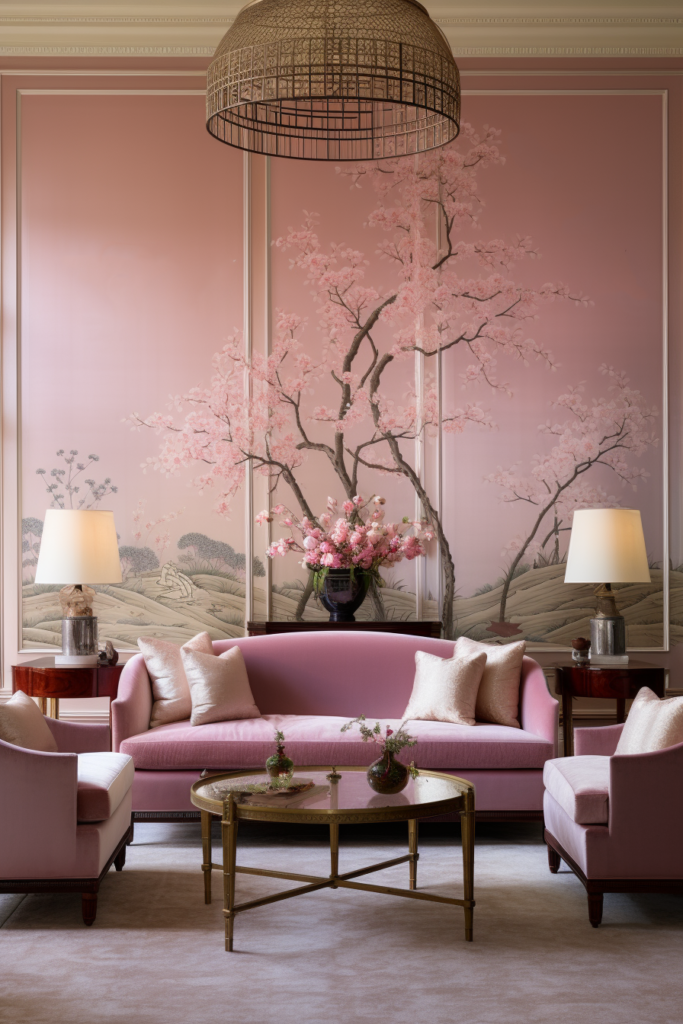
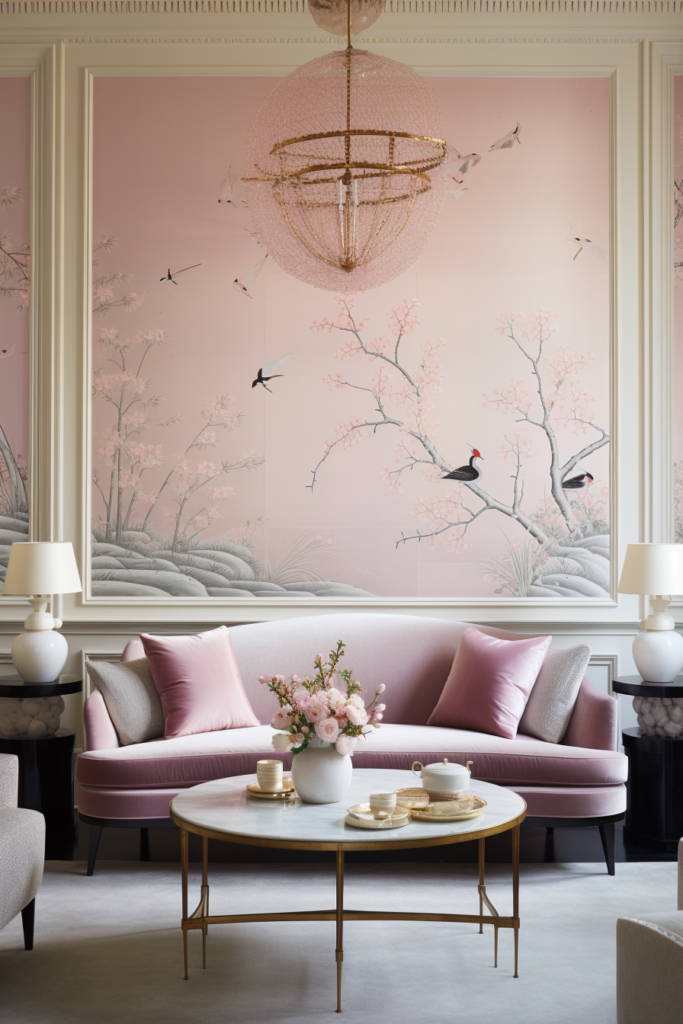
Key Takeaways:
- Paint one vibrant feature wall
- Select muted, neutral furnishings
- Face subdued seating toward color
Scaled Lighting Elements
✅ Solution: Incorporate Outsized Lighting
Introduce oversized lighting fixtures like a horizontal marquee light or circular pendant. The unexpectedly large lamp will read as a sculptural focal point. Center smaller seating and décor in its glow. The scaled-down furnishings spotlight the glam lighting feature.
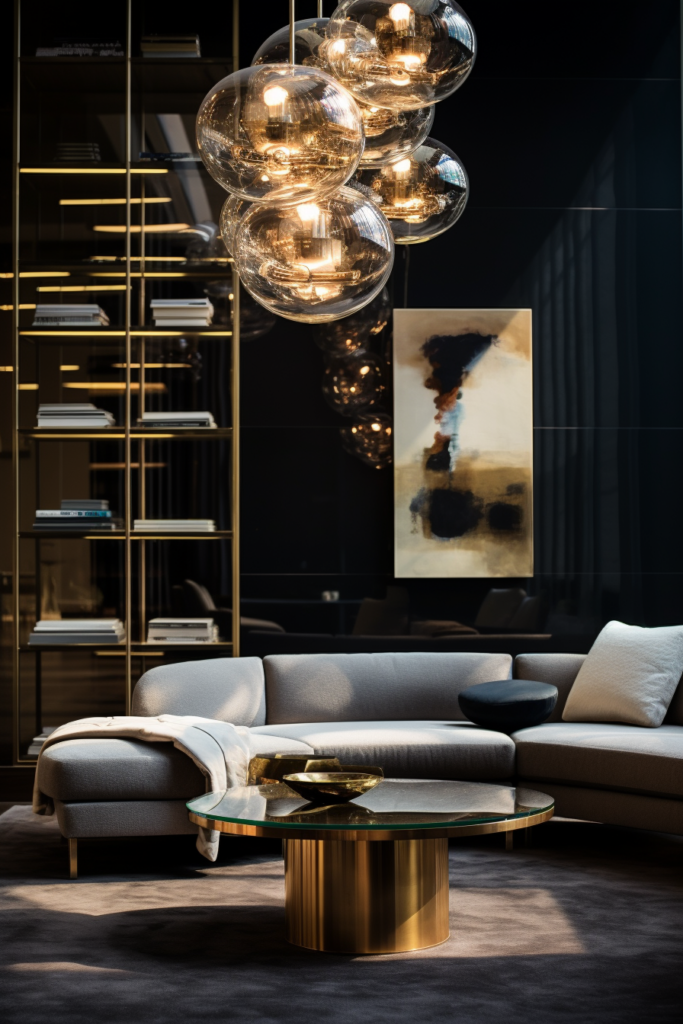
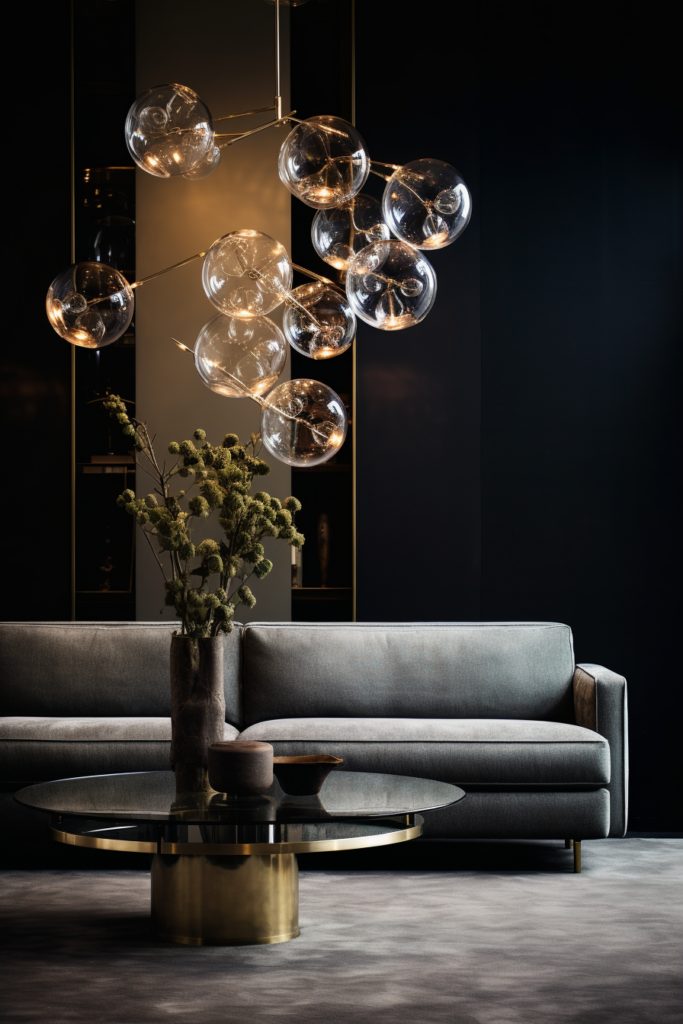
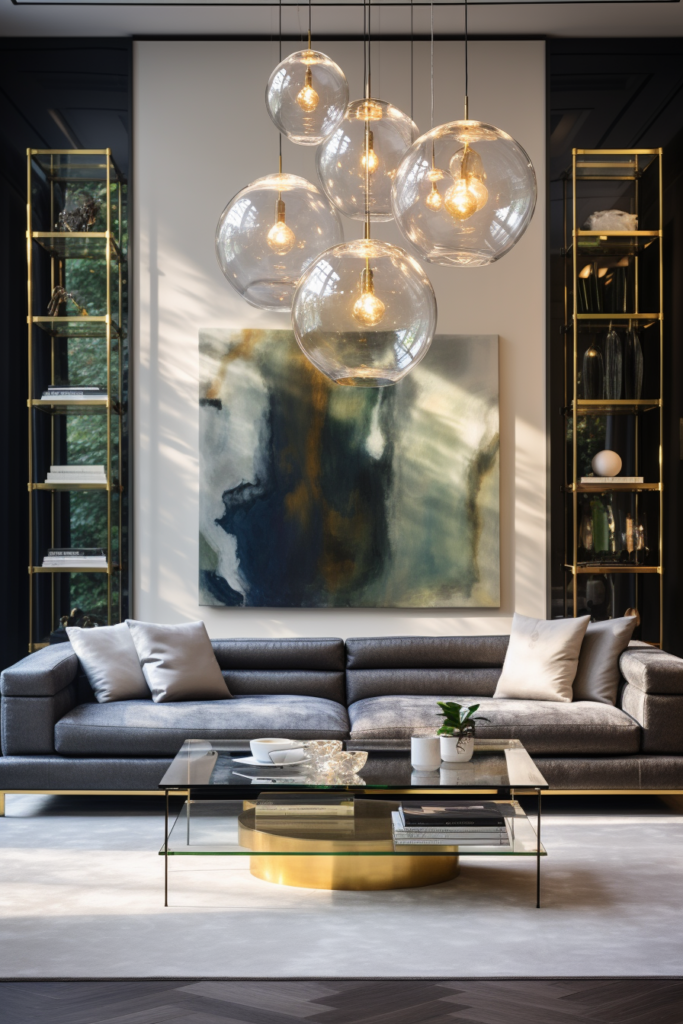
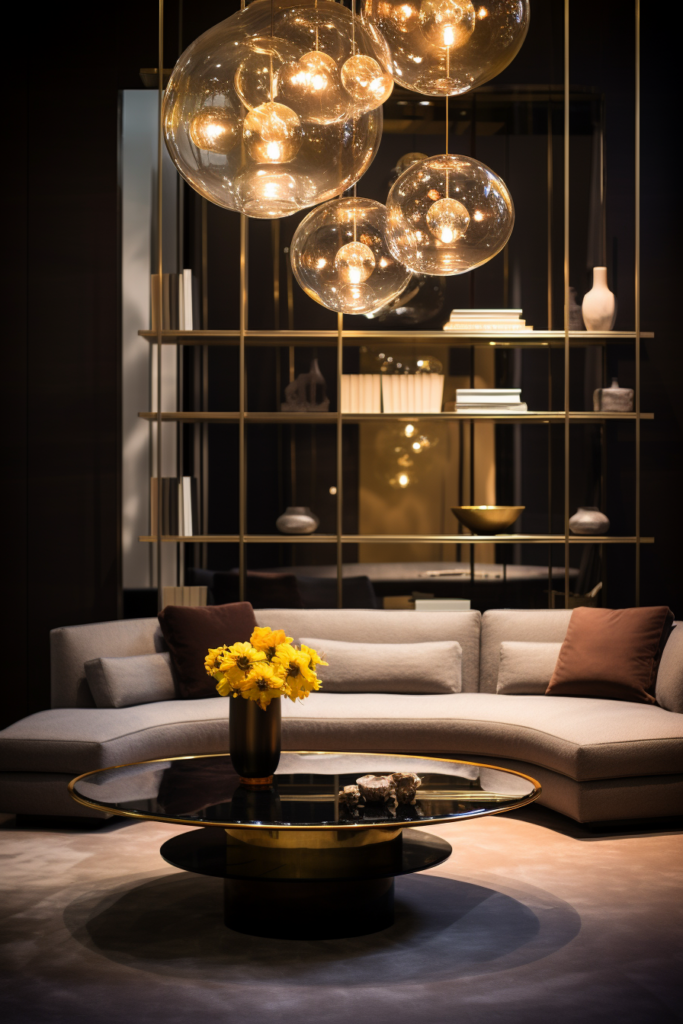
Key Takeaways:
- Suspend a statement fixture
- Surround with petite furnishings
- Let oversized lights stand out
Textural Accent Wall
✅ Solution: Add Depth with Natural Materials
Affix wood planks, woven matting, or 3D tile to one wall. The organic textures prompt the eye to linger on this tactile display. Face seating towards the wall to highlight nature-inspired materials. Multidimensional surfaces lend depth and warmth.
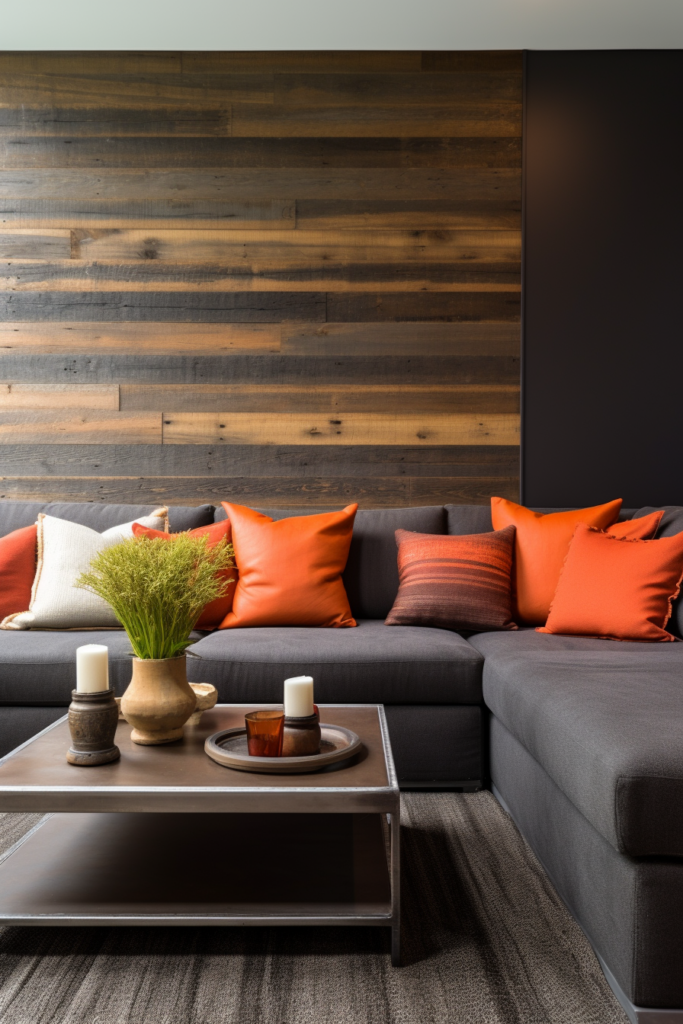
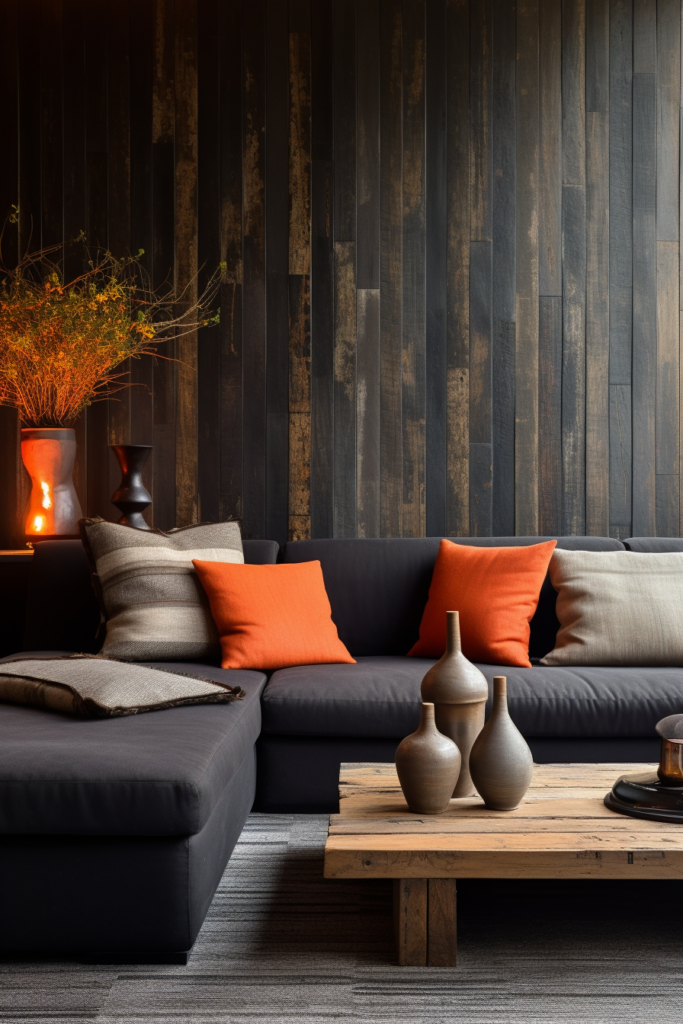
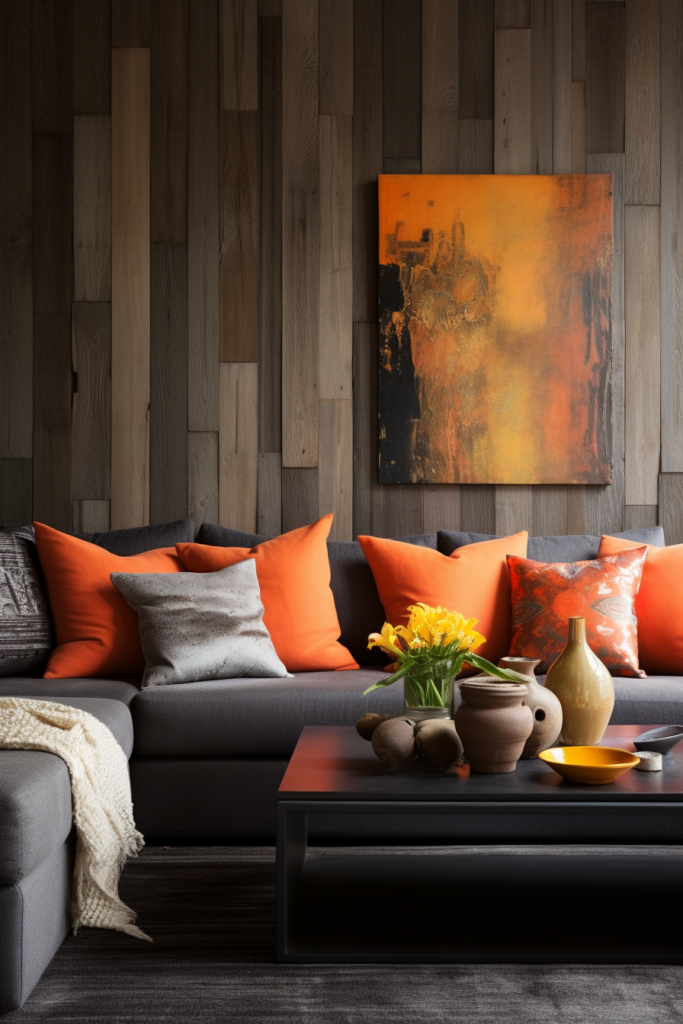
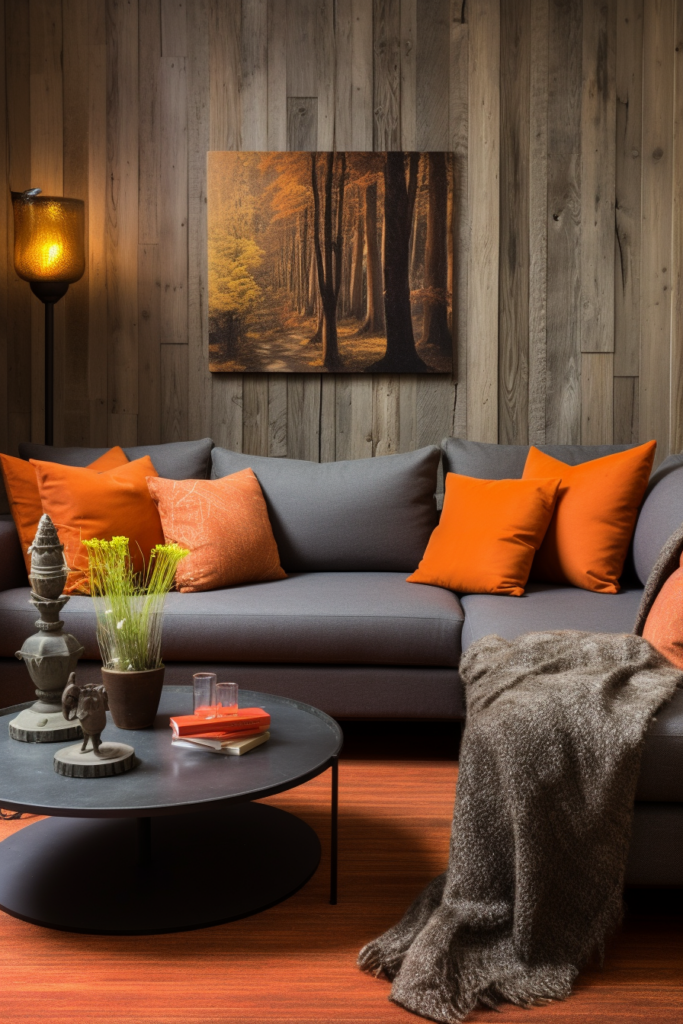
Key Takeaways:
- Incorporate natural finishes
- Spotlight textural walls with furniture placement
- Play with depth and dimension
Reading Nook
✅ Solution: Provide a Private Escape
Carve out personal space to relax in solitude. Tuck away a cozy chair, ottoman, and side table along a less-trafficked wall. Surround this private perch with comforts like side tables, task lighting, and bookshelves. Unexpected small spaces define unique zones for decompressing.
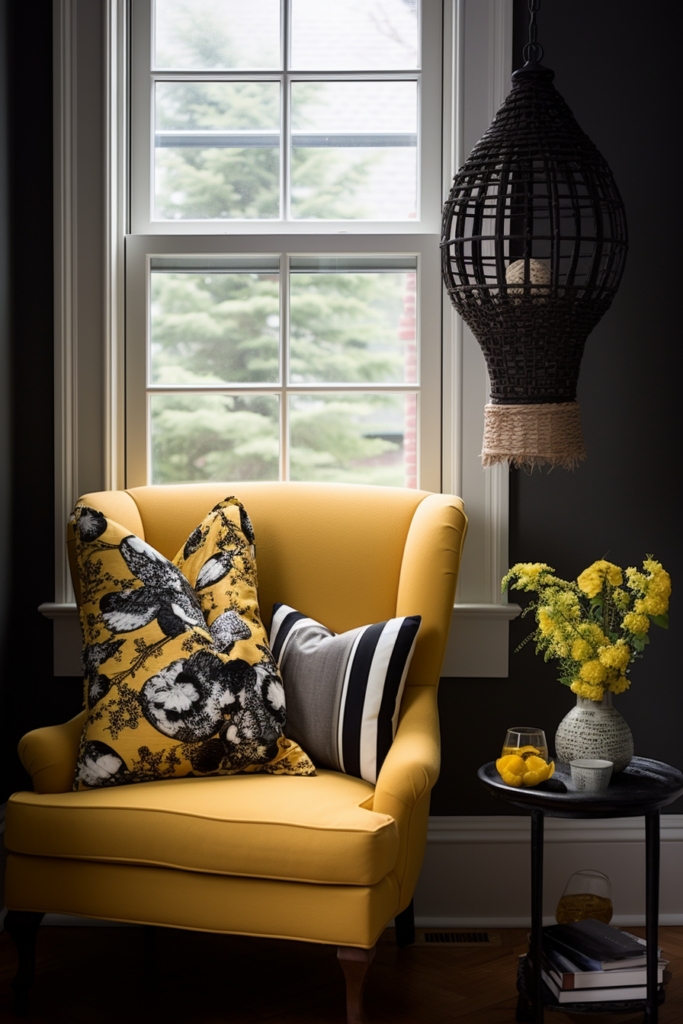
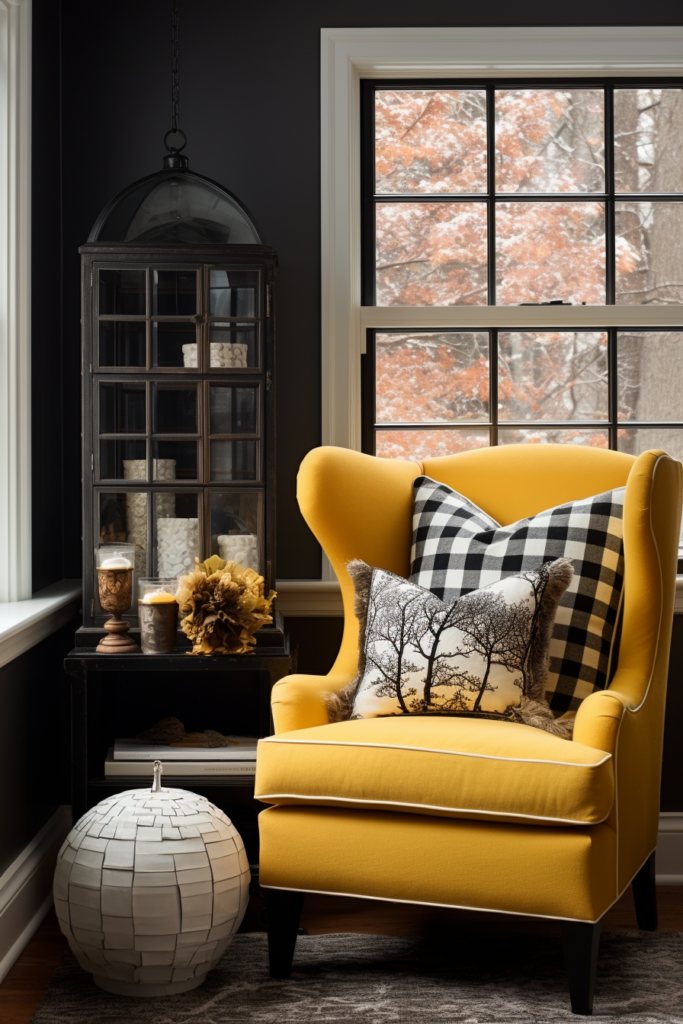
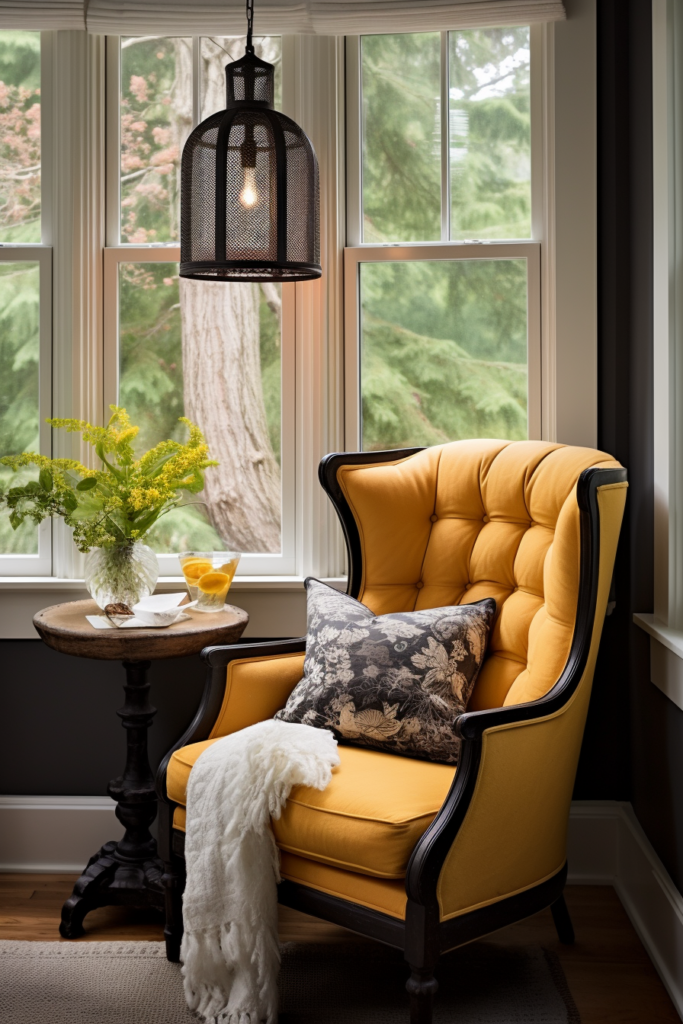
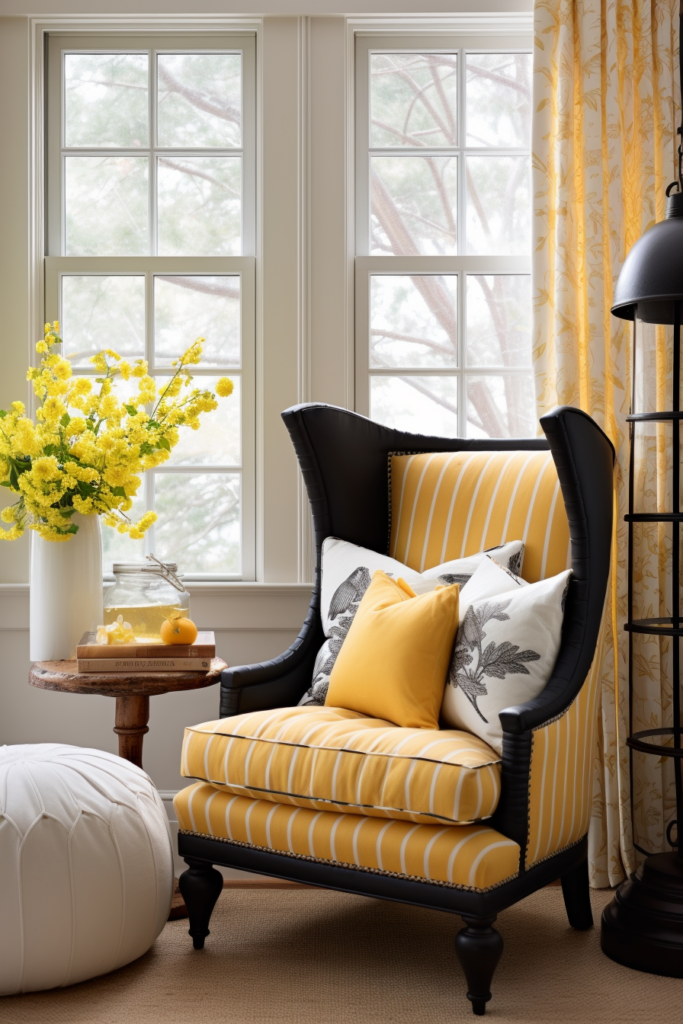
Key Takeaways:
- Factor in alone spaces
- Add task lighting and furnishings
- Use furniture to delineate nooks
A well-orchestrated living room balances openness with defined focal points for resting the eye. Keep these guiding principles in mind when arranging your furnishing around off-center design details. Thoughtful furniture placement and accent décor create harmony. Play with scale, texture, and form to craft artful sanctuaries.
Conclusion
By embracing off-center focal points, you can create characterful, lived-in spaces. Strategic furniture placements paired with eye-catching lighting and textures help uneven features feel intentional. Follow these tips to guide the eye around your unique layouts in an artful fashion.
Follow Quiet Minimal on Pinterest for more home design tips and inspiration.
